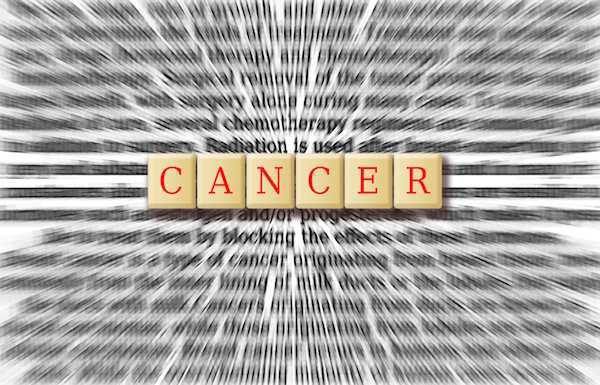
TUESDAY, Oct. 8 (HealthDay News) — Most men given radiation to control pain from advanced prostate cancer undergo more treatments than they really need, a new study suggests.
Once cancer advances to invade the bones, radiation therapy is usually used to ease the pain it causes. And in the past decade, studies have shown that one treatment is enough for most patients.
But those findings have not made it into practice — at least for older U.S. men with prostate cancer, researchers report in the Oct. 9 issue of the Journal of the American Medical Association.
Looking at Medicare claims data, the investigators found that single-session treatments were done in only about 3 percent of men receiving radiation for prostate cancer that had spread to the bones. What’s more, half of the patients went through more than 10 treatments.
The low rate of single treatment is surprising, said Dr. Colleen Lawton, a radiation oncologist who was not involved in the study.
“But it’s just as surprising that so many patients had more than 10 fractions,” said Lawton, who chairs the board of directors for the American Society for Radiation Oncology.
“Fraction” refers to a session of radiation treatment. Studies have found that one treatment, at a relatively larger dose of 8 Gy, is as effective for pain relief as 20 Gy given over five treatments, or 30 Gy given over 10 treatments.
And that data started emerging in the late 1990s. So it’s not clear why so few prostate cancer patients get a single treatment, said lead researcher Dr. Justin Bekelman, of the University of Pennsylvania Perelman School of Medicine in Philadelphia.
“We know that it takes time for clinical trial evidence to get into routine practice. But these findings are nonetheless surprising,” Bekelman said.
“The fact is, this is a good treatment that’s better for patients,” he added. “It’s effective, it’s more convenient, and better for their quality of life. Single-fraction treatment should be the standard of care.”
Lawton said there are some cases where patients might need 10 or more treatments — such as when the cancer has spread not only to the bones but also to the nearby soft tissue. But that would be only about 10 percent of patients.
“That would not explain the 50 percent in this study,” Lawton said.
So what would explain the others? “It’s likely a combination of factors,” Bekelman said. Some doctors might worry about a recurrence after a single treatment, or the potential need for repeat radiation therapy later on, he noted.
On top of that, Bekelman said, “there’s the reimbursement.”
Doctors get paid per treatment, so there is a potential financial motivation, Lawton agreed. “I would hope that isn’t an impetus,” she said, “but it’s possible that’s part of it.”
In this study of men aged 65 and older, the cost of radiation-related therapy averaged just under $1,900 for men who had one session, but about $5,000 for men who had 10 or more treatments.
“To give doctors the benefit of the doubt,” Lawton said, “they may not have been aware of the research (supporting single treatments).”
Although the evidence started coming in more than a decade ago, it was in 2005 that a large U.S. clinical trial showed that a single radiation treatment was just as good as multiple treatments for patients whose cancer had spread to the bones.
The current findings are based on Medicare data for 3,050 U.S. men treated between 2006 and 2009, which might help explain why so few received a single treatment, Lawton said.
But whatever the reasons, she agreed that most patients should get a single session of radiation. Some may then need another treatment after about a year, Lawton noted. “But that’s still a lot better than going in for multiple treatments,” she said.
And the cost savings are not the primary reason to promote single treatment, Bekelman stressed. “This is a treatment that is just as effective, and shorter, and less expensive. It just makes sense,” he said.
He and Lawton said patients should feel free to question their doctor if multiple radiation treatments are recommended for bone pain. “The question should be, ‘Am I a candidate for single treatment?’ And if not, why not?” Bekelman said.
He added that patients need not worry that doing one radiation treatment instead of several will affect their cancer survival. “The goal with this treatment is to treat pain. It has nothing to do with survival,” Bekelman pointed out.
Other types of cancer, such as breast and lung cancers, commonly spread to the bones at advanced stages. And a single radiation treatment is effective at treating pain in those patients as well, Lawton said.
It’s not clear whether single treatments are also underused in those patients. But, Lawton said, “I would guess that they are.”
More information
The Choosing Wisely campaign has more on reducing unnecessary radiation therapy.
Copyright © 2025 HealthDay. All rights reserved.

